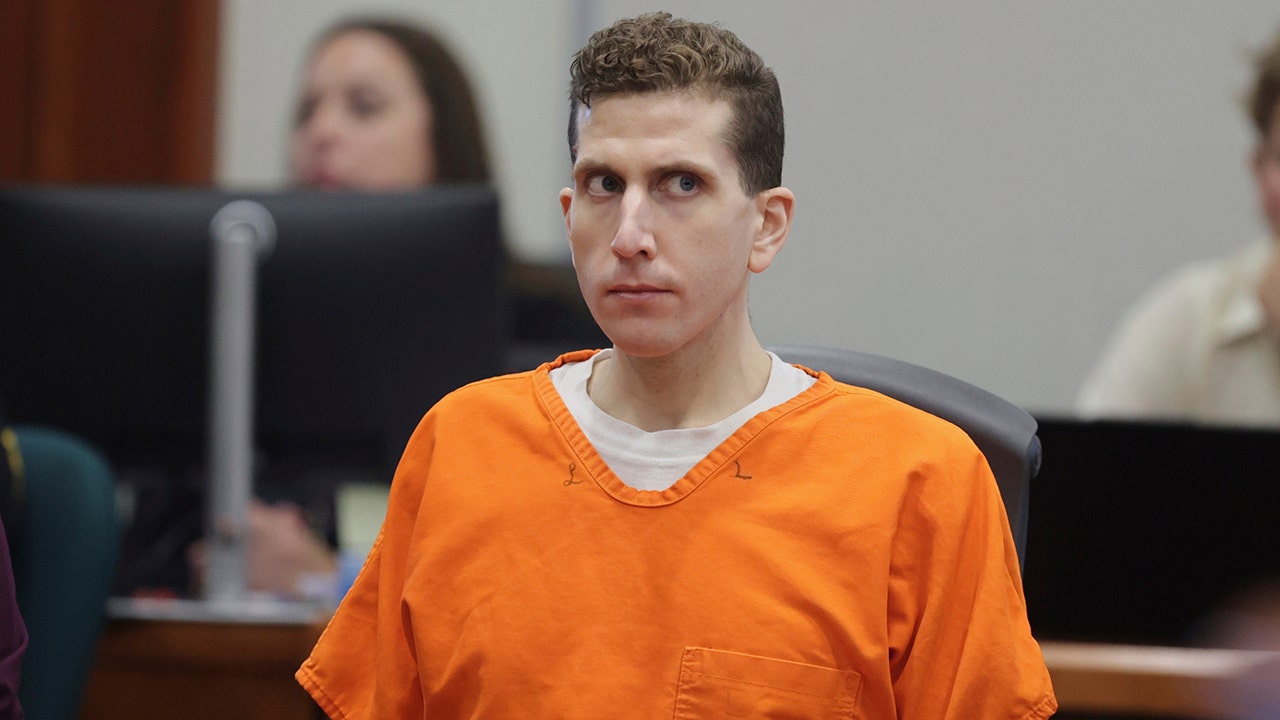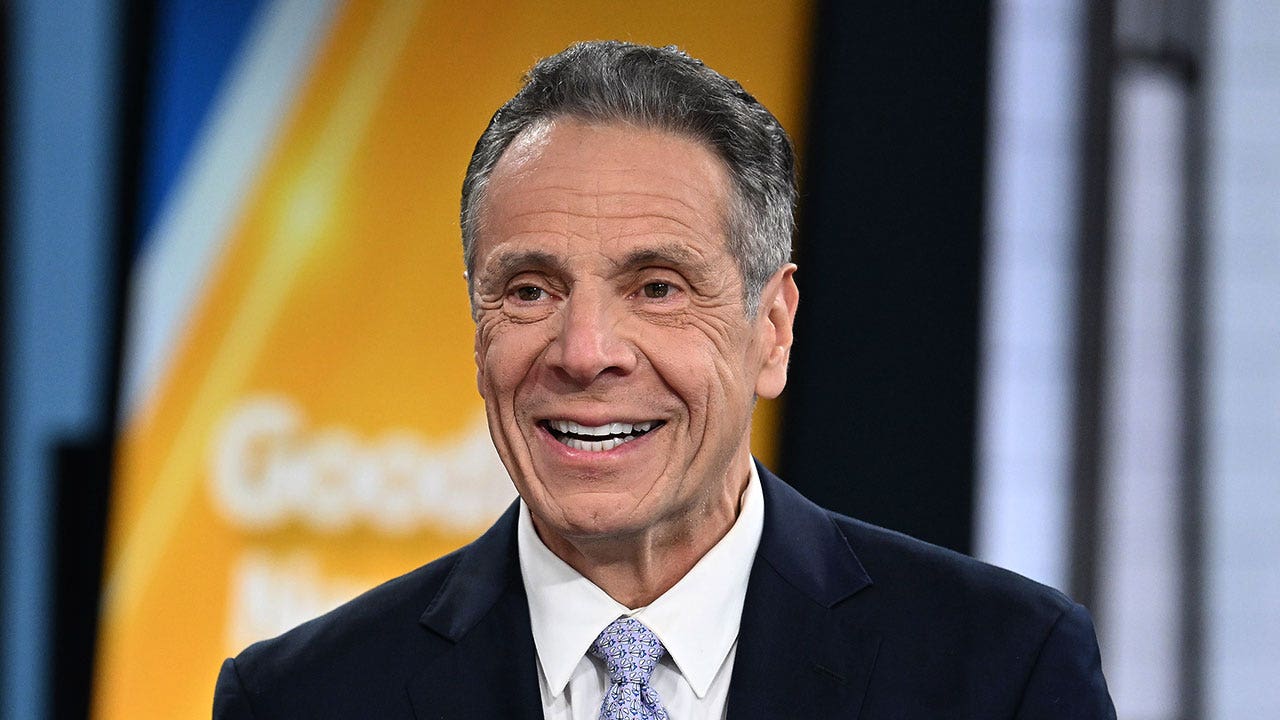For several weeks, The New York Times has faced criticism over a front-page photo of an 18-month-old boy in Gaza.
The image of Muhammad Zakariya Ayyoub al-Matouq was used to illustrate a story about hunger, but the child was not only suffering from malnutrition.
According to an updated version of the story, he had preexisting conditions “affecting his brain and his muscle development.”
Trump’s Sovereign Wealth Fund: What Could It Mean For Your Money?
That information was not included in print. Four days later, the newspaper added an editor’s note and deleted a line from the mother saying her son was “born a healthy child.”
The boy’s healthy-looking brother, who appeared in other photographs online, was not mentioned.
An investigation by The Free Press found that at least a dozen other widely shared photos of starvation in Gaza also omitted key context.
Many of the children and adults in the images had serious health problems.
This Could Be the Most Important Video Gun Owners Watch All Year
The photos circulated across social media, in reports from major aid groups, and through outlets including CNN, NPR, and The New York Times, without noting the subjects’ underlying conditions.
The World Health Organization reported 63 deaths from malnutrition in Gaza last month, including 25 children.
In 2022, before the current conflict, about 50 people under age 20 died from malnutrition, according to the Palestinian Ministry of Health. Hunger exists, but experts caution that some of the images and reports misrepresent the scale.
Yannay Spitzer, an economist at Hebrew University of Jerusalem, has tracked food prices in Gaza.
He said hunger has been declining since Israel resumed aid deliveries in late May after an 80-day blockade.
In July, flour prices increased by 4,000 percent, but Spitzer said the most extreme shortages lasted only a short period.
“If a situation like that lasts more than a few days, a lot of people will go hungry but not starve to death en masse. That’s the beginning of a process, which the media portrayed as already at the catastrophic end stage,” Spitzer said.
“But it never happened.”
Prices remain about 15 times higher than before the war but have eased since their peak.
Despite this, images of emaciated children and adults have influenced public opinion.
A poll this month from Data for Progress found that nearly half of likely voters believe Israel is “committing genocide against the Palestinian people living in Gaza.”
The photos have fueled protests in the United States, including at Rep. Alexandria Ocasio-Cortez’s campaign office, where activists splattered red paint and left a sign reading, “AOC funds genocide in Gaza.”
@the.free.pressThe Free Press investigated 12 of the most viral images of an alleged famine in Gaza. They each tell a much more complicated story than that published in mainstream media. Read the full piece at TheFP.com. ♬ original sound – The Free Press
The Free Press detailed several cases:
— Maryam Dawas, age 9, appeared in a UNICEF ad and major newspapers as an example of malnutrition. Her mother later said she suspected her daughter had another medical condition, citing chronic diarrhea and inconclusive tests. Despite this, the Los Angeles Times reported definitively that Maryam could not walk due to malnutrition. The outlet did not respond to requests for comment.
— Youssef Matar, a toddler, was pictured in The Guardian under the headline “Famine Under Way in Gaza.” The Guardian caption did not note that he suffers from cerebral palsy, a fact included in Reuters’ version of the photo.
— Hamza Mishmish, age 25, was featured in NPR coverage. While portrayed as starving, a woman who cared for him said he has had cerebral palsy and severe health problems since birth.
— Najwa Hussein Hajjaj, age 6, appeared in CNN’s “Starvation in Gaza” article. The network initially omitted that she has an esophagus condition that causes constant vomiting. CNN later added details but did not issue a correction.
— Mosab al-Debs, age 14, was shown as malnourished but had previously suffered a traumatic head injury that left him paralyzed, according to his mother.
— Atef Abu Khater, age 17, was described in The New York Times as healthy before the war. His father had told Al Jazeera Mubasher that doctors could not explain his condition, which worsened after burn injuries. The Times later cited an official report listing malnutrition as the cause of death but did not release details of the report.
— Abdullah Hani Muhammad Abu Zarqa, age 4, appeared in viral videos crying from hunger. His father said he had long-standing joint pain. An Israeli review found he suffers from a genetic disease, rickets, and vitamin deficiencies.
— Karam Khaled Al-Jamal, age 27, was reported dead from starvation, but Anadolu’s Arabic edition said he had muscular atrophy and partial paralysis since childhood.
— Osama Al-Raqab, age 5, appeared in multiple outlets. None noted that he has cystic fibrosis, which was documented in English-language reports.
The omissions drew attention from the Network Contagion Research Institute, which released a report accusing news organizations of “journalistic malpractice.”
The report noted that some stories relied on unverified partisan sources and that The Washington Post published a year-old photo without initially disclosing the date.
Olivia Rose, an NCRI researcher, said Hamas benefits from amplifying famine claims. She said this narrative undermines the Gaza Humanitarian Foundation, created by Israel and the United States to deliver aid.
Rose reported that members of the foundation have faced threats in the U.S. after being targeted online.
Eugene Kontorovich of George Mason University said allegations of famine are central to the International Criminal Court’s case against Israeli leaders.
He noted that the Integrated Food Security Phase Classification initially warned of famine in March 2024 but walked that back in June before reversing course again in July 2025 after altering its methodology.
“It lends further credence to the proposition that information coming out of Gaza is coordinated propaganda,” Kontorovich said.
John Spencer of the Modern War Institute at West Point, who has embedded with the IDF, said Hamas controls food distribution and would continue to do so if a ceasefire were declared.
“If the war stops now, Hamas will continue to control every grain of rice, every sack of sugar, and use it to enrich themselves at the cost of civilians,” he said.
The debate over famine in Gaza comes as families of Israeli hostages continue to plead for attention.
Tzvika Mor’s son Eitan was kidnapped at the Nova Musical Festival on October 7, 2023. “I don’t know if he has access to food or even water,” Mor said this month.
Hamas recently released images of two other hostages, Evyatar David and Rom Braslavski, both appearing skeletal.
“I am at death’s door,” Braslavski said, claiming he had eaten only “three crumbs of falafel” and “barely a plate of rice.”
Mor said it has been a year since a humanitarian group contacted his family.
“I feel like the world has forgotten about my son,” he said.
Read the full article here


![These Gaza Famine Photos Used by Media All Have Something in Common [WATCH] These Gaza Famine Photos Used by Media All Have Something in Common [WATCH]](https://www.lifezette.com/wp-content/uploads/2025/07/2025.07.30-10.37-lifezette-6889f5d4c0068.jpg)








